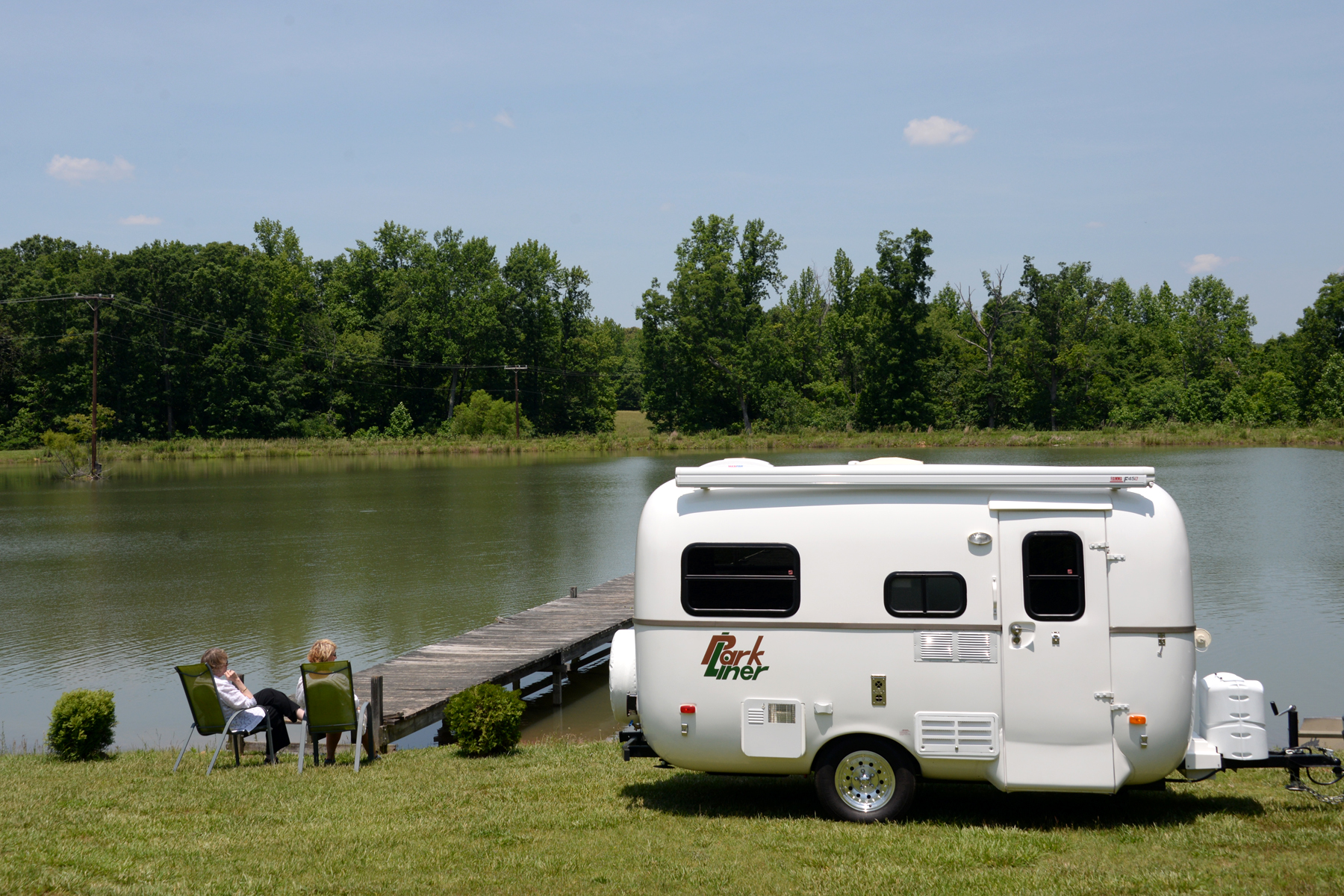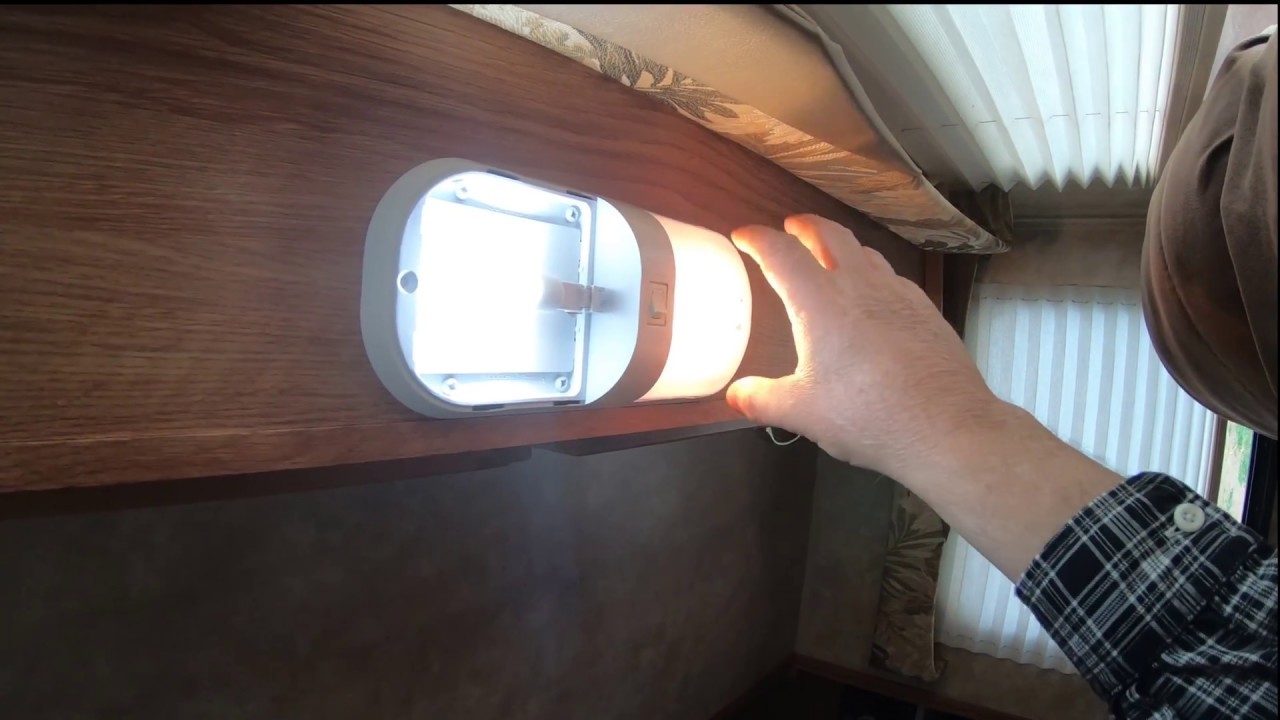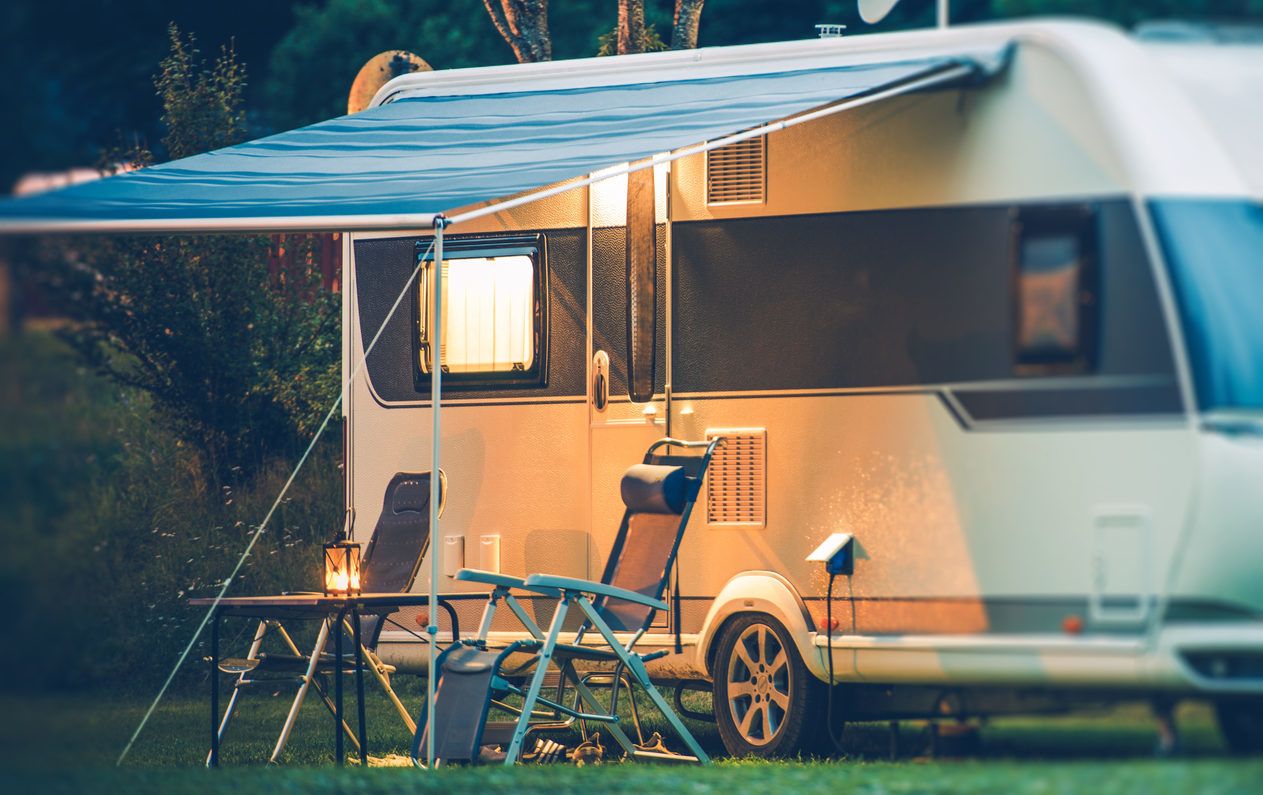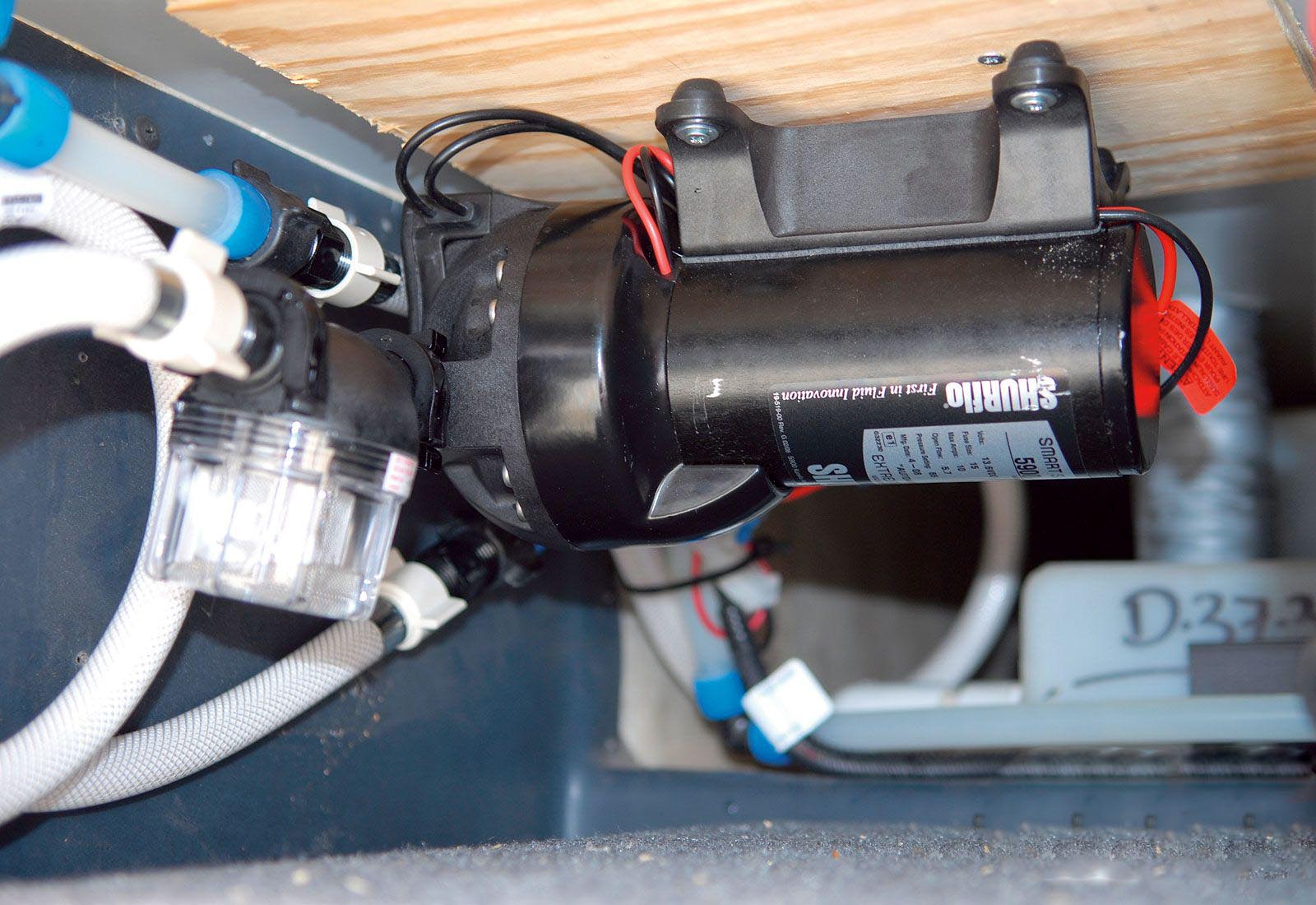Like everything else, the exterior finish of ordinary recreational vehicles would inevitably age and wear down as time goes by. Therefore, unless you want to travel in an RV that is dotted with chipped paints, you must give your vehicle a new paint job periodically. Fiberglass, which is among the most commonly used materials in RV exteriors, could be painted without much difficulty so the project is not exactly complicated. Nonetheless, in order to make sure the new finish could last, you need to know how to paint RV exterior fiberglass in an appropriate manner.
Contents
Painting Fiberglass Surfaces: What You Have To Keep In Mind
New to RVing and don’t know much about painting RV exterior? Then the guide below would come in handy.
It contains pretty much everything you should remember while painting fiberglass surface from the material characteristics to the paint type. Follow the guide and you would be able to give you RV a shiny finish.
Fiberglass
There are a wide variety fiberglass types in circulation nowadays but base on the composition, there are 2 categories: Epoxy-based fiberglass and Polyester-based fiberglass. Needless to say, different types of fiberglass would require different types of paint and primer. That is why one of the first things you must do is to figure out what type of fiberglass is present on your RV exterior. Using the right materials on the right surfaces would considerably improve the lifespan and the aesthetic value of the finish.
Paint And Primer
As long as the painting materials (paint and primer) match the characteristic of the RV fiberglass, RVers could use virtually any product they see fit. However, in most of the case, it’s widely advice that you use products that come from the same manufacturer. To mix painting materials produced by various companies may lead to unforeseen effects on the finish later so be careful. Beyond that, you should have an easy time gathering necessary material for the upcoming project.
Tool And Gear
There is no need to use advanced stuff here, you would find most of the required tools around the house. Generally speaking, a couple of trays, a roller and a buffer should be more than enough for the job ahead. In the case you wish to give the finish a professional appearance, you could invest in a pressure spray gun. In term of gear, you have to work with paints, fumes and alike so wear a pair of glove, goggles and facemask at all times.
Read more: The Best RV Wax For Fiberglass
How To Paint RV Exterior Fiberglass Step By Step
Let’s take a look on this process and make sure you understand every step on how to paint a fiberglass motorhome:
Step 1: Prepare The Exterior Surface
Detach all removable hardware and cover plates to make the surface as flat as supposable. Grab a bucket of warm water and some cleaning solution to wash through the fiberglass exterior of your recreational vehicle. Get rid of all the grits, grimes and dust to ensure that no particles are caught under the new finish. If you encounter stubborn residues, use the buffer to take care of them but refrain from buffing too aggressively as you may damage the fiberglass. While you are at it, use tapes to protect areas that you don’t want paints to reach like windows, metal trims and so on.
Step 2: Prime And Paint The Exterior
Once the fiberglass surface becomes sufficiently dry, you could start priming the exterior until you cover the entire recreational vehicle. As always, use a moderate amount of primer, you don’t want painting materials to drip all over the place. Check out the recommended time on the can label and wait until the primer layer dry before applying the paint. After the first layer of paint set in properly, you should add a couple more layers to deepen the color. It goes without saying that the paint layer needs some time to bond between each application so be patient and don’t rush the process. Make sure the final layer of paint on the exterior is dry before moving on.
Step 3: Wrapping Up
In the final step, you would add several layers of clear coat upon the paint in order to seal them.
Allow the first coat of gelcoat to dry for 24 hours before applying a second coat. Once again, use long even strokes to avoid any runs and check your work to ensure that every area is covered with an even layer of the gelcoat. Allow the final coat to dry for 24 hours. Any uneven spots can be cleaned up carefully with piece of fine grit sandpaper.
Apply a single coat of motorhome or RV wax with a soft cloth. Work the wax onto the surface of the motorhome in overlapping circles. Allow the wax to cure for one minute, or according to package directions, before buffing it away in overlapping circles with a soft cloth. This will provide a protective shine to the newly finished gelcoat.
Once you are done, the project is nearly complete and the only thing left to is to remove painter’s tape and paper after the clear coat dry carefully. Take a good look at every nook and cranny of the new paint job to see if it requires adjustments. In the case nothing appears to be out of ordinary, you could start enjoying the new finish of your RV.
Maintaining RV Exterior Finish: Tips And Tricks For Novice RVers
Now you probably have a firm grasp on how to paint RV exterior fiberglass so let’s see how you could preserve the new finish.
- Pay Attention To Parking Spaces
While RVs spend a lot of time in the outdoor, sunlight exposure is essentially unavoidable. Nonetheless, if possible, you should attempt to park your vehicle in shielded areas to protect the finish from UV rays.
- Don’t Use Random Chemicals
Given the delicate nature of the exterior paints and the fiberglass, you must refrain from using chemicals without proper consideration. Before using detergents or cleaning solutions, check out their composition list to make sure that they don’t cause damages.
- Invest In A RV Cover
A quality RV cover would protect your vehicle and its exterior finish from many dangers while in storage so get one as soon as possible. You could get a commercial product or order a custom design for your recreational vehicle.
Last Updated on March 27, 2020







How do i find out type of Paint to use on 1999 adventure Winnebago. Epoxy Based fiberglass or Polyester-Based fiberglass